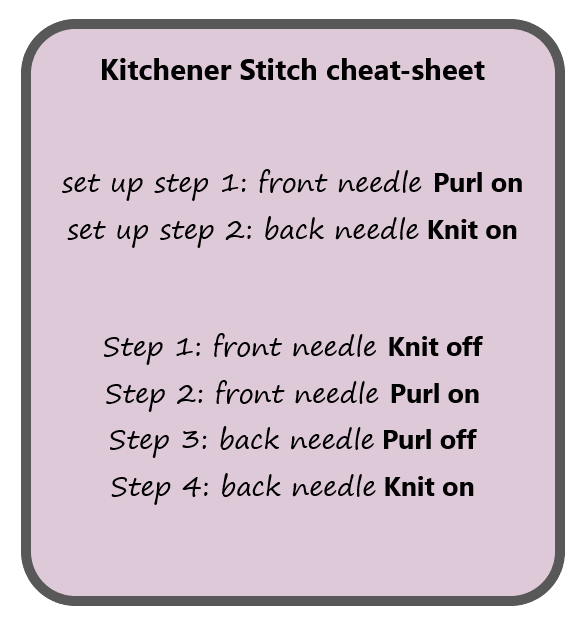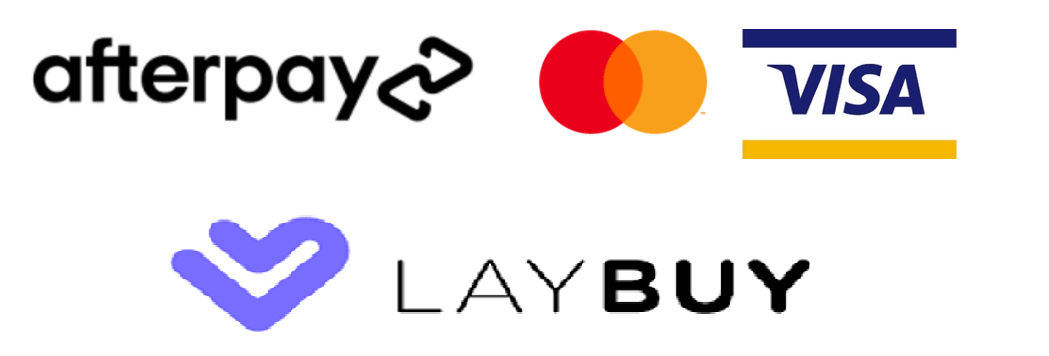Types of yarn and heel
Socks? Don't be intimidated at the prospect of knitting your very first sock. Every sock-knitter has to being somewhere, and a lot of the time the knowledge that we gain is through trial and error. In this post below, I hope to demystify sock knitting through addressing some of the questions you might have around yarn and method to use.
Firstly, you have to use a yarn that you love. I, personally, find it highly unmotivating to use a yarn that I don't like the colour or feel of. "Second sock syndrome" is real, so if you can avoid it from the beginning by using a beautiful yarn, you're half-way there to avoiding this. Some knitters use self-striping sock yarn to motivate knitting two finished socks (not just one sock). There are some pre-patterned sock yarns out there including Opal, Regia, Fabel and so forth.
Also, another factor is content. When it comes to material (what the yarn is made from) I'd highly recommend using a sock yarn that has around 20 - 25% nylon content. I love the durability of the German manufactured Opal yarn, but often use other commercial and even indie-dyed sock yarns that have some nylon in it. I've learnt the hard way. I once knitted a pair of socks made from 100% merino wool, proudly put them on for the first time, only to discover a hole in the heel that same day! I was so disappointed after that. So much time and effort is put into making a pair of socks, and you want them to last more than one day. Other factors such as a high-twist yarn, and yarn from other breeds of sheep (such as BFL, Bluefaced Leicester, a long wool breed) can make a massive difference when it comes to the durability of your sock. Here in N.Z. I see that some indie-dyers are increasingly dyeing and selling BFL yarn. The yarn itself is fine and dense, making it hard-wearing. It's also soft enough to be worn next to your skin, and it has great stitch definition. However, as it's from a U.K. breed, it's not as plentiful as it is in the U.K. At some stage I plan to import and dye bare/naked BFL yarn. However, in the meantime I look forward to when our yarn order from WYS arrives in January! In the meantime, if you'd like to find out more about BFL, you can read more about it in Eden Cottage's interview with Leigh of Hill Top Farm here.
Now let's address the type of heel....
I've tried many different kinds of heel. There are so many out there:
- Heel-flap,
- After-thought/peasant heel (which uses waste yarn, to hold live stitches, as a placeholder for the heels),
- True after-thought heel (where the knitter determines the location of the heel after the leg and foot of the sock are complete, and snips a stitch at the center of the desired heel location. Stitches are unravelled to the left and right of the snipped stitch and picked up to work the heel),
- FLK (fish lips kiss),
- German Short Rows,
- Fleegle,
- W & T (wrap and turn)
There are other types of heel within the heel-flap variety (eg. Square Heel (aka Dutch Heel), Round Heel (aka French Heel), V-Heel (aka Handkerchief Heel))
You also need to give some consideration as to what kind of needles to use. If you're a fan of the magic loop technique, you can use one 80cm fixed circular (for one sock at a time) or even a 100cm fixed circular (to two socks at a time - YES, this is possible! However, I don't recommend it for first-time sock knitters). You can also use 5 dpn (double pointed) needles, to hold your sock on 4 needles and then knit with the 5th dpn. You can even use a fixed 9" circular, which I've tried, but for me I find it quite fiddly. However, some knitters love it, and that's perfectly fine, too! If you're an experienced sock knitter, what do you prefer to use? What brand of needles are your go-to favourite?
Now to get started! Gosh. Where to start? I think it's best to try different methods (top-down or toe-up) to see what suits you. I like the practicality of toe-up, for I know how much yarn I have left to knit my second sock. You can periodically weigh your yarn to make sure you have 50% of it left to complete your second sock. Worst case scenario is to complete your second sock in another random scrap of sock-yarn which will be hidden in the shoe! (I did this once for my husband, and he doesn't mind a bit). OR you can decide to use a completely contrast yarn for the toe/heel/ribbing of your sock as a way to make your main yarn last for one pair of adult socks. West Yorkshire Spinners (WYS) and Opal yarns have some solid colours in their range that are excellent for their use as contrast yarns in sock knitting.
The kind of heel that you knit is often determined by the type of foot that the sock is intended for. My husband and teenage sons have high arches, and I find that the traditional heel-flap with a longer flap fits much better than an after-thought heel. I do love the look of an after-thought heel... it does look very much like the commerical socks that you can buy. However, I find that when it comes to knitted socks, an after-thought heel tends to stretch across the in-step of a person with a high arch or a wide foot.
My other go-to feel is the Fleegle heel. The best knitting pattern that I've come across for this type of heel can be found from Knit Freedom here. Another great thing about the Fleegle heel is that you have no holes on either side of your sock which tends to happen when you knit other kinds of heels. Not sure? Give it a go! There are ways to diminish the appearance of holes when you resume knitting in the round, but I find it's not very straight-forward. There are many techniques, and please feel free to comment and share these below. I'm always looking to find new ways to knit and improve on my sock knitting.
So will you toe-up or top-down first? Rounded-toe or the more angled toe? Don't let the Kitchener Stitch put you off from knitting top-down! It can be daunting at first, but make sure you have a period of uninterrupted time to spare before beginning. You need to make sure that you have the same number of stitches on the front needle AND the back needle. Essentially, all it involves is two set-up rows, and then you repeat steps 1-4 until you reach your last pair on stitches.
Sock knitting provides the perfect excuse to try out different tools, methods and techniques. Have a go, and see what you prefer. I find that sock knitting provides to perfect opportunity to try new things and keep my mind ticking away. There are so many endless opportunities for this (eg. learning new techniques, trying to knit a lace sock, trying a new heel....)
Above all, especially during the Kiwi summer, socks make the perfect summer knitting! Nobody in the southern hemisphere wants to knit a blanket over the Christmas holidays!



